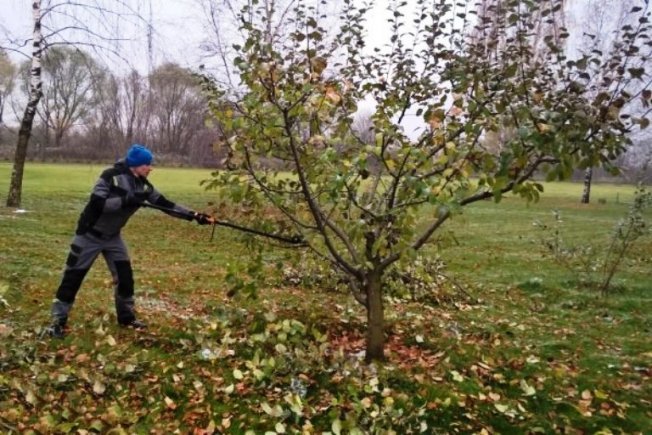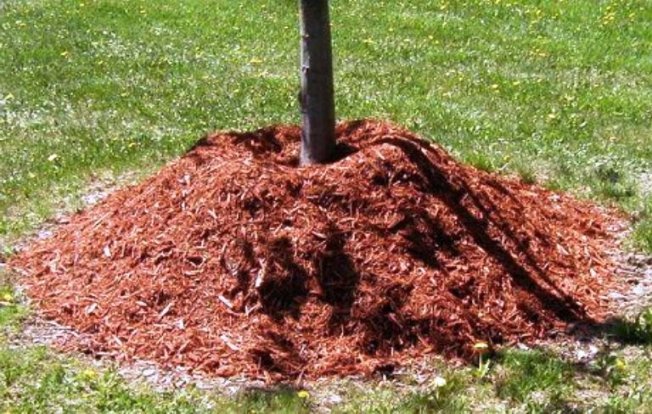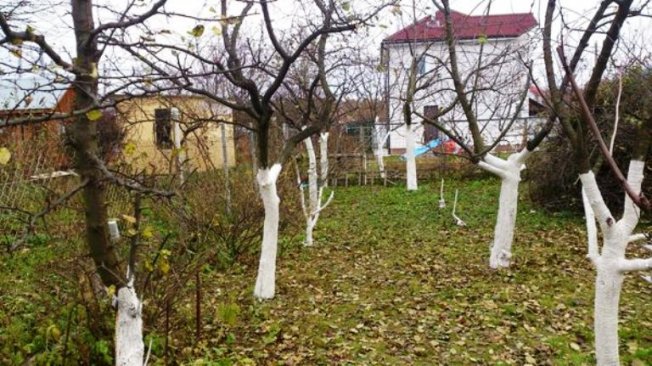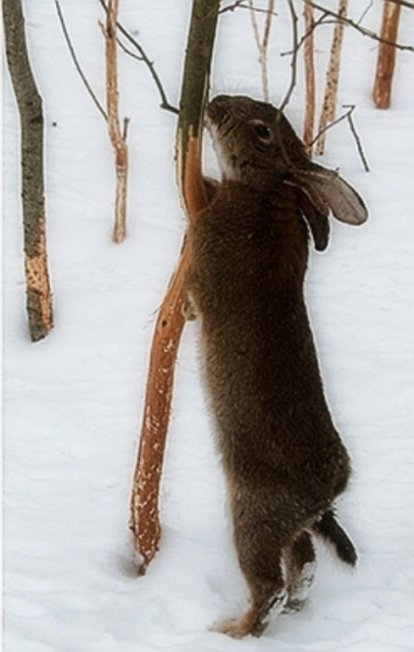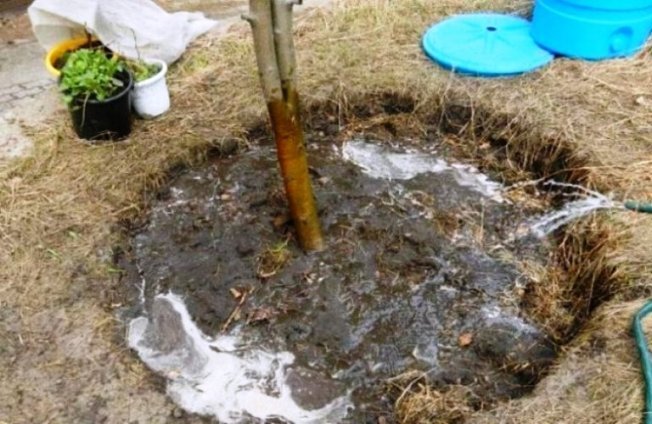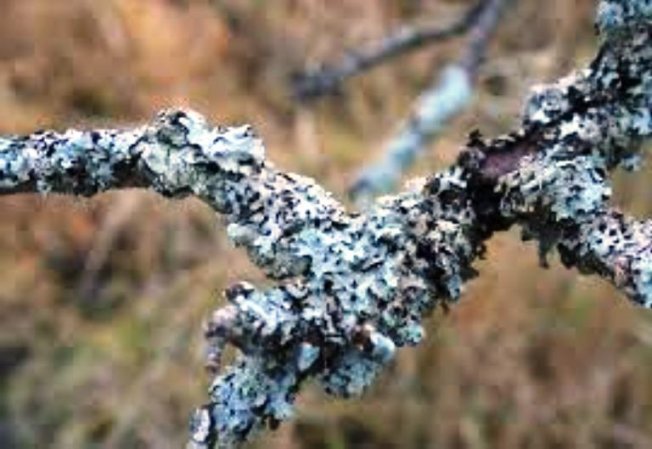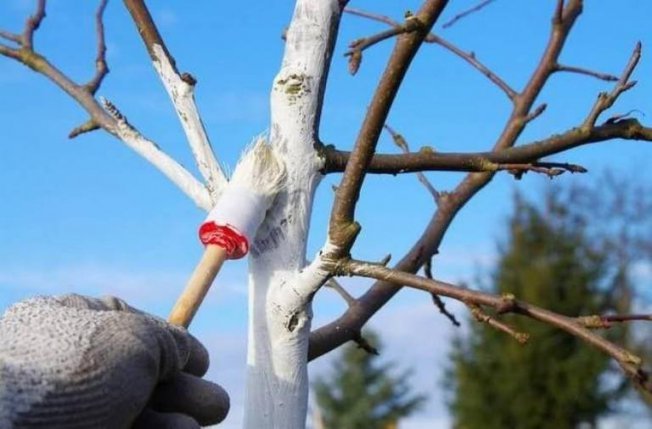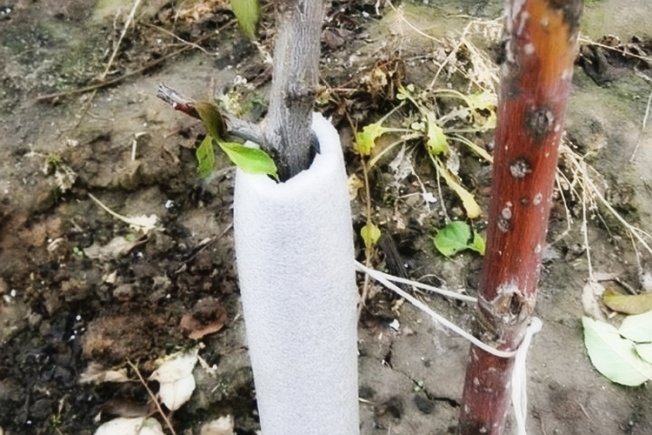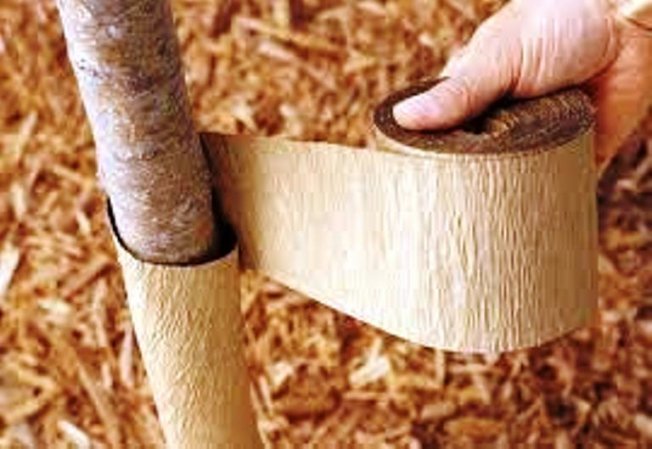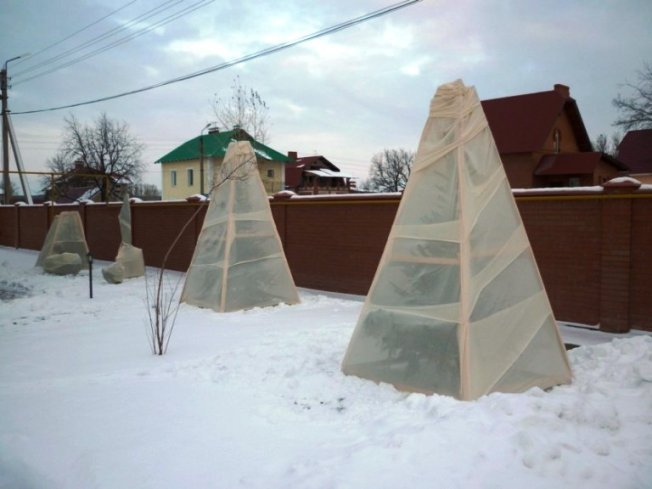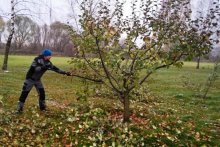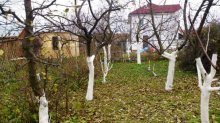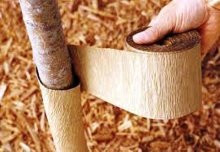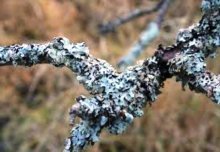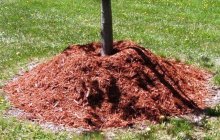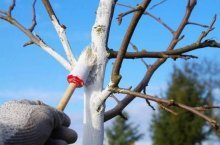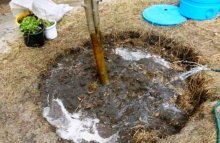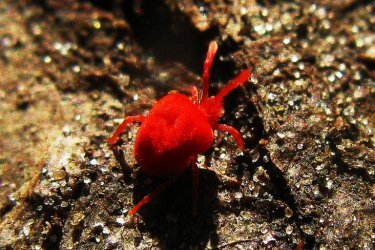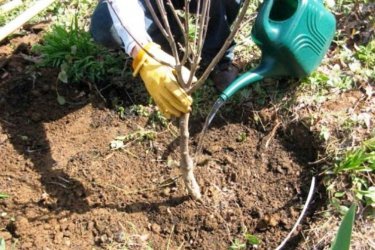Caring for an apple tree in autumn and winter, how to prepare trees, protect them from frost

Novice gardeners believe that they can get a fruit harvest by caring for the garden only in spring and summer. But experienced gardeners claim that only proper care of the apple tree in autumn and winter will ensure the health and long-term fruiting of the tree. Let's consider the most important questions and study the answers to them from professionals.
Content:
- Is there any point in caring for apple trees in the fall?
- When should you start preparing for winter?
- Is it necessary to prune mature and young trees in the fall?
- Is it necessary to remove fallen leaves?
- How to properly care for the tree trunk in the fall? Do I need to dig up and mulch the soil?
- What preparations can be used for autumn pest control, and in what time frame?
- What measures will help prevent rodent damage?
- Do you need autumn feeding? If so, what is the time frame for it, what fertilizers can be used?
- In what case is moisture-charging irrigation necessary, when to do it, what volume of water to apply?
- If lichens or mosses appear on the trunk and branches - what to do?
- Is it necessary to whiten tree trunks for the winter?
- Is there a difference in caring for old and young apple trees?
- How to insulate an apple tree for the winter?
- What are the features of insulating a columnar apple tree?
Is there any point in caring for apple trees in the fall?
Winter is a time when fruit trees can be seriously damaged by harsh weather conditions.The gardener’s task is to create the most favorable conditions for wintering perennial plants, to protect them from the effects of severe frosts and winds.
- Caring for an apple tree in autumn and winter, provided all procedures are carried out correctly, will allow you to: provide the plants with moisture and nutrients;
- protect its trunk from damage by rodents and frostbite;
- prevent branches from breaking off under the weight of adhered snow.
In December-February, it is advisable to periodically visit the garden; if a large amount of snow sticks to the branches, it must be shaken off and compacted in the tree trunk circle; when it melts, it will provide high-quality soil moisture.
You should definitely remove broken branches, but for winter pruning you should choose relatively warm days when there is no severe frost.
When should you start preparing for winter?
Preparation of apple trees begins after the end of leaf fall. It is advisable to wait for dry weather.
It must be taken into account that this period in one climatic zone occurs every year at different times, not to mention different climatic zones: when in November it is still raining in the Pskov region, in the Moscow region it is already dry, and in the Urals the first snow is falling.
It turns out that the time to prepare apple trees for wintering is September-November. The work must be planned so that it is completed before frost and snow sets in.
Let's watch an interesting video about how to care for apple trees in autumn and winter, the order of procedures:
Is it necessary to prune mature and young trees in the fall?
During the autumn period it is possible to carry out sanitary pruning of apple trees. It is carried out before frost sets in, but after leaf fall.If we talk about different climatic zones, then in Siberia it will be the end of September, in the central zone - the first half of October, in the southern regions - at the beginning of November.
Pruning can only be done in dry weather.
It is not recommended to heavily prune trees in the fall, as this will weaken them and reduce winter hardiness. During sanitary treatment you can remove branches:
- dry and damaged;
- directed to the center of the crown;
- affected by pests and diseases.
The cut is made with clean, sharp garden tools, strictly on the ring. The cut areas are treated with garden pitch or copper sulfate solution.
Is it necessary to remove fallen leaves?
A mandatory procedure is to restore order in the garden after the leaves fall. In the tree trunk circle, you should carefully remove all fallen leaves, grass, carrion, and broken twigs. In addition, all remaining leaves and fruits should be removed from the branches.
Collected plant residues are burned; they pose a potential danger, because may be a wintering site for pest larvae and a possible source of the spread of infectious diseases.
The trunk circle of fruit trees is dug up to a depth of 15-20 cm, this will destroy the wintering sites of pests; with the onset of frost, they will die.
How to properly care for the tree trunk in the fall? Do I need to dig up and mulch the soil?
We have already mentioned that it is necessary to dig up the soil and why this is done in the answer to the previous question. Now let's talk about the benefits of soil mulching. Humus, compost or black peat are used as mulch for the winter; it is crumbly and has low acidity.
The thickness of the mulch layer should be at least 3-5 cm.There is no need to remove it with the onset of spring; mulch will serve as a good organic fertilizer.
What preparations can be used for autumn pest control, and in what time frame?
If the summer went well and there was no significant spread of infectious lesions, then you can do without treating the trees with strong chemicals. You should choose a dry, warm day for work. To protect apple trees from scab, it will be enough to spray them with a urea solution: thoroughly dissolve 400 g of the drug in 10 liters of water.
You can also use 3% Bordeaux mixture solution or copper sulfate.
Preventive treatment will destroy the causative agents of fungal infections and other diseases of apple trees, as well as oviposition and larvae of insect pests.
Trees are treated from bottom to top, the trunk and branches should be well moistened with the solution. On old trees, you should first remove the remaining peeling bark.
Birds can be involved in the destruction of pests. You need to hang feeders in the garden; they should be open, but have a roof. The best food for birds in winter is cereal grains and raw sunflower seeds. Tits can be attracted by raw lard suspended on branches. Attracted in winter, birds will collect beetles and caterpillars from your garden all summer long.
What measures will help prevent rodent damage?
Damage to the bark by rodents in the conditions of the Middle Zone occurs quite often; the main pests in the winter garden are hares and mice. There are cases when rodents damage the bark around the entire trunk, in which case only the rootstock will remain alive, the above-ground part of the tree will die.
Really effective protection measures that will help save trees are:
- installing a high fence around the entire site;
- wrapping the trunk with plastic mesh to a height of at least 1 m, at least 2 cm of the mesh should be buried in the ground.
Let's watch a video about that. how to protect apple trees for the winter from rodents and pests:
Do you need autumn feeding? If so, what is the time frame for it, what fertilizers can be used?
Fertilizing apple trees in the fall is necessary. Fertilizers can be applied simultaneously with or after watering. Fertilizers can only be used in potassium and phosphorus.
It should be taken into account that dissolved fertilizers are absorbed by the roots much faster and more actively. Therefore, to optimize the process, dissolve 2 tablespoons of phosphorus fertilizer (superphosphate is possible) and 1 tablespoon of potash in a 10-liter bucket. The thoroughly mixed solution is applied to 0.5 sq.m. trunk circle of an adult tree.
Nitrogen-containing fertilizers are not applied in the fall; they will stimulate the development of young shoots; with the onset of frost, they will definitely die.
In what case is moisture-charging irrigation necessary, when to do it, what volume of water to apply?
Autumn moisture-recharging irrigation will be needed if there was little precipitation in the fall. It should be borne in mind that even heavy rain after a long drought will moisten the soil by several centimeters; this is not enough for large plants. For safe wintering, it is required that the soil be moistened to at least 1 m, not only around the trunk, but also along the boundaries of the crown outlines.
Water before frost sets in. To prevent water from spreading, watering is carried out after digging up the soil in the tree trunk circle.
It is not difficult to determine the amount of water for moisture-charging irrigation; its volumes depend on the age of the tree:
- from one to five years, 50 liters will be required;
- from 6 to 10 years - about 100 l;
- apple trees over 15 years old - at least 150 liters.
Moistened soil will allow the roots to be saturated with liquid; increased soil moisture will prevent the soil from freezing.
If lichens or mosses appear on the trunk and branches - what to do?
If lichens and mosses appear on an old apple tree, you will need to remove them. First, the trapping belts are removed from the trunk and burned outside the garden. Then a plastic film is laid out under the tree, and with the help of a plastic scraper, the exfoliated bark, moss, and lichen, in which pests usually hibernate, are carefully removed.
The work should be done very carefully to avoid damage to the wood tissue. It is much easier to do this work after the rain has passed and the trunk has been moistened. But you can specifically pour water over the tree; wet bark comes off much easier.
If the living bark is damaged, the wounds should be treated with brilliant green or hydrogen peroxide, then covered with garden varnish.
Is it necessary to whiten tree trunks for the winter?
If previously whitening apple trees for the winter was considered an extremely useful procedure, recently there has been debate about what kind of materials can be used to treat tree trunks. In fact, the white-colored bark is protected from sunburn caused by direct sunlight and rays reflected from the surface of the snow crust, and therefore from sudden temperature changes that lead to cracking of the bark.
For whitewashing, you should choose a sunny, dry day; the best time is late autumn, before the onset of frost and snowfall. Paint or lime should be applied to the trunk to the level where the branching of skeletal branches begins.
For whitewashing, only slaked lime should be used; it is even better to use special garden paint. It is not recommended to use regular acrylic paint; it covers the plant with an airtight layer. It is also dangerous to use mixtures containing glue.
Whitewash is applied from bottom to top, carefully painting over defects on the bark.
Is there a difference in caring for old and young apple trees?
Although caring for young and old trees involves the same procedures, some features should be noted:
- for autumn watering of a one-year-old seedling, it is enough to add 20-30 liters of water to the tree trunk circle;
- Young seedlings are not pruned in the fall; it is only permissible to remove broken shoots and treat the cut areas with garden paint;
- Bordeaux mixture can be used for preventive treatment;
- As a fertilizer, a solution containing 10 g of superphosphate and 15 g of potassium sulfate is added to the soil; instead of such a mixture, 300-400 g of wood ash can be added under the trees.
In practice, the benefits of raking an earthen mound 30-40 cm high around young trees have been proven. Snow cover acts as additional cover, i.e. after a snowfall, it is advisable to create a snow slide in the tree trunk circle.
How to insulate an apple tree for the winter?
In the conditions of the Middle Zone, only young trees require insulation, especially those planted this year. Natural burlap can be used as a covering material. The trunk is wrapped after whitewashing and installation of a protective mesh. Wrap the trunk to the base of the skeletal branches.
Some gardeners successfully practice insulation with old newspapers; they wrap the trunk with them and use tape to secure the paper.A good protection for seedlings is spruce spruce branches, reeds, and you can also use roofing material.
The tree trunk area can be covered with several layers of burlap or matting. You can cover it with a 2-4 cm layer of humus. This is a good insulation material that will serve as organic fertilizer in the spring.
If you use sawdust, then their layer should reach 20 cm. After the snow has melted, the sawdust should be removed, because they will interfere with the heating of the soil.
For insulation and protection from sunlight and rodents, you can use breathable fabrics, including spunboard. The material is attached to the trunk with twine or tape. The bottom edge of the fabric should remain on the surface of the ground; it will need to be covered with earth. In this case, trees do not need to be whitened for the winter.
Features of insulation of a columnar apple tree
Columnar apple trees are distinguished not only by their high yield, but also by their structure. Their height does not exceed 2.5 m, they do not have long branches extending from the trunk.
Such trees need to be completely covered. The best option is to build a pyramidal structure made of slats around the trunks. The inner part is filled with humus, the slatted pyramid is wrapped in tarpaulin or polyethylene. In such a shelter, apple trees will be able to withstand severe frosts and winds.
Proper care of the apple tree in autumn and winter is the key to obtaining a rich harvest in the summer; the recommendations of experienced gardeners should not be neglected.
Pests

